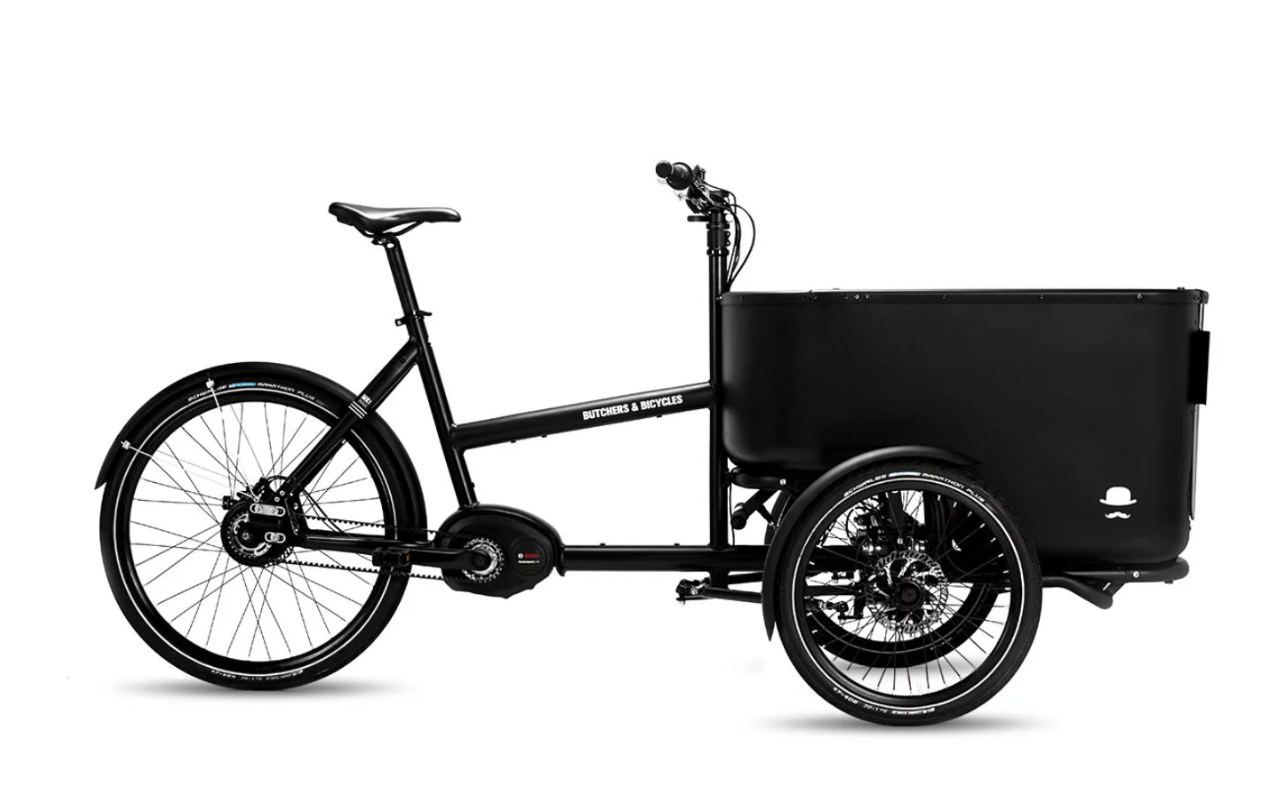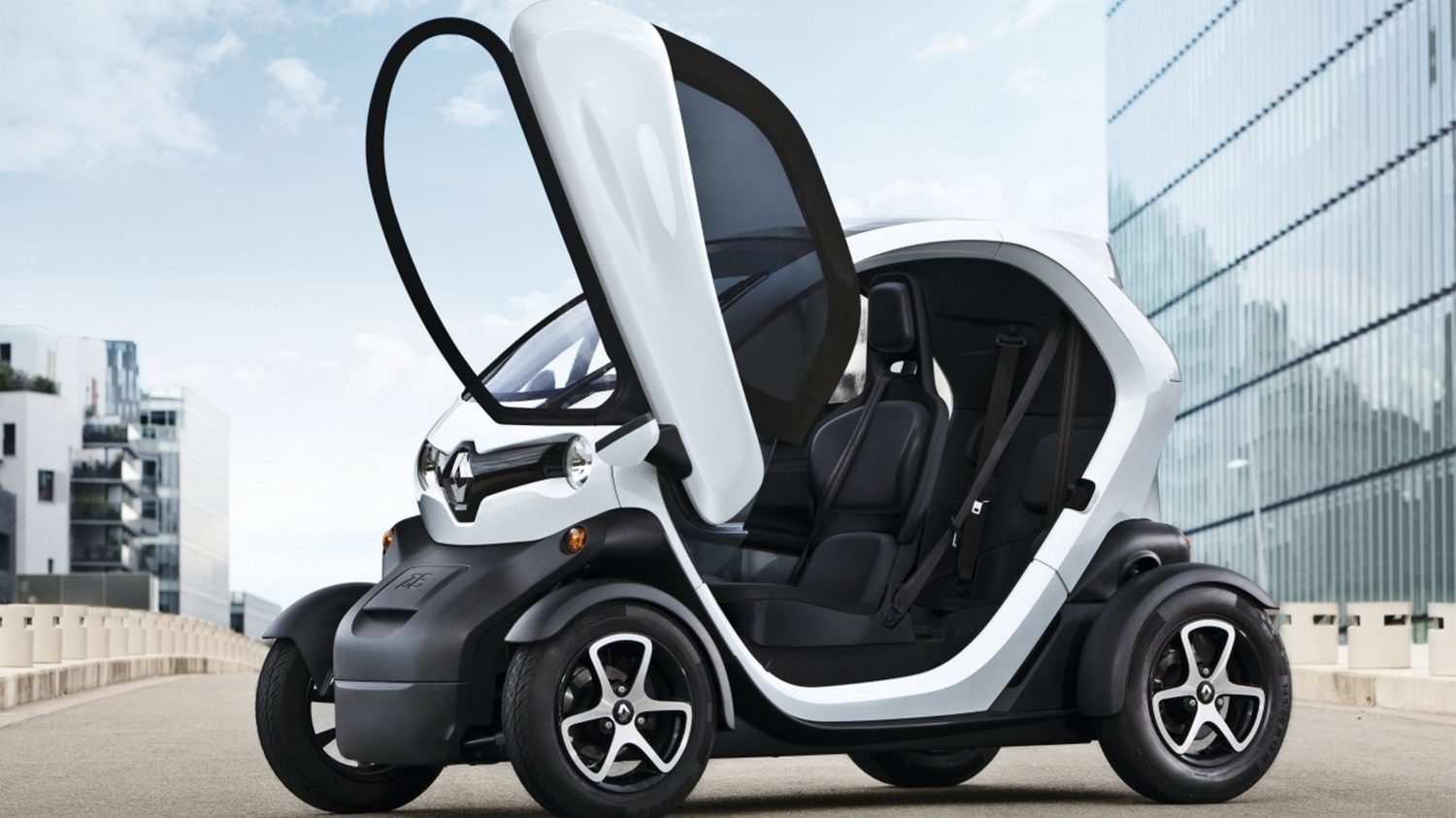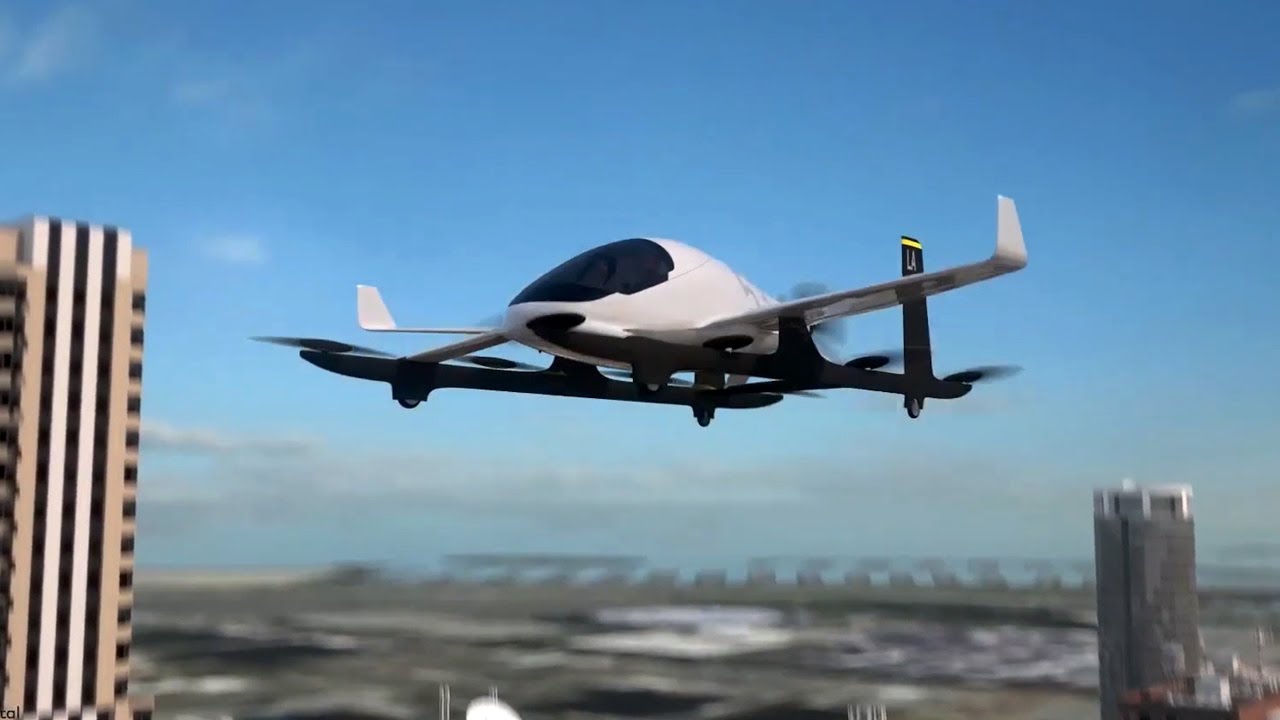315.360.000 seconds
I don’t usually write annual prediction posts, as I feel it’s too difficult to evaluate real shifts in human behavior over short time periods. A decade however? A decade gives us ample opportunity to distinguish the technological advances that have become prevalent in everyday life.
Every decade is as important as the last. While there are certainly years where turbulent events have indelible impact on society and the way that we think and live, it’s important as ever that we strive to avoid complacency, and that we treat one another with the utmost compassion and respect in our everyday lives. We cannot choose how and where we are brought into this world, but we can choose how we live each day and how we treat one another.
As we inch ever closer into an era of Transhumanism towards the end of this century, I’m hopeful of the future for mankind, and that the world will continue to adopt Humanist values in our never-ending quest for a ‘better life’.
With that, here are a few tech-related predictions for the new decade. There are certainly plenty of trends that are missing from this list, but these are some topics that are top of mind that I’ll be watching closely and actively supporting throughout the decade:
1. Self-sovereign data / identity
SaaS (Software as a Service) subscriptions prevailed as the dominant business model of the 2010s. These cloud services essentially consist of a bunch of proprietary data and interfaces protected by a proprietary “username:password” authentication mechanisms for personalization.
The centralized SaaS model has effectively concentrated power into a few oligopolies who own the vast majority of valuable personal data: Google for general search queries, email, video and mobile operating systems; Facebook for our social graph; Apple with hardware and app store ecosystems; and Amazon for everything e-commerce related.
As more of our lives are spent interacting digitally, exponentially more data is being concentrated into the same cloud servers. The original value of convenience of the centrally managed cloud services becomes its achilles’ heel, as hackers are able to infiltrate systems and breach databases with hundreds of millions of personal records. With all of this power comes great responsibility of cloud security. But even the largest, most sophisticated organizations are susceptible.
The resulting effect is a distrust with the data monopolies and cries from the public for the government to step in and regulate data capture, custody, and portability. Governments across the world are already enforcing strict data privacy laws like the General Data Protection Regulation (GDPR) in Europe and the Online Privacy Protection Act (Cal OPPA) in California.
Additional severe data breaches, destroying the integrity of billions of digital identities worldwide, will continue to occur with increasing regularity, and governments will continue to enact stronger laws favoring systems that facilitate more secure data privacy.
I believe these forces are going to drive the adoption of decentralized identity and data management protocols towards the end of this decade. We’re going to see new protocols like Decentralized Identifiers and Verifiable Credentials take hold and proliferate into mainstream applications like managing and verifying personal biographical data, as well as other custom verifications like work and education history, certifications & licenses, etc…
2. Data interoperability
Self-sovereign data through decentralized protocols will require the proliferation of new types of actors. DID Hubs will provide data storage solutions that contain semantic data objects and resolvable locations.
These data objects will be consumable by 3rd party “Agents” that act like our cloud applications do today, but on decentralized data that we own and to which we can delegate specific access for things like executing contracts, verifying information, issuing credentials, purchasing things, etc…
I believe that some open-source ontological system will mature and become mainstream near the end of the decade. Google has already been structuring a large amount of the semantic web via machine learning from the trillions of search queries and unstructured data they’ve indexed over the past 20 years. They have a very large head start in defining and maintaining an accessible web ontology for DID protocols, but I think that they will likely fumble the opportunity to establish themselves as the predominant semantic verification service provider.
For all of this to work, we of course need a new type of economy to provide incentives for secure storage, compute and “agent” like application resources. Ironically, due to natural economies of scale, it’s likely that these capacities will still be serviced primarily by the large cloud providers today, notably Microsoft Azure, Google Cloud, and Amazon Web Services. However, since this new system is in direct competition with their current business models, it’s likely that one or two of the current leaders will not be able to made the transition — much like Yahoo in the 2010s — and end up losing significant market share and fading into the obscurity of history.
Another notable concept in the decentralized identity conversation are Decentralized Autonomous Organizations (DAO). I believe we’ll start to see certain consortiums — mostly technical and crypto organizations at first — organize and execute core decisions via smart contracts and blockchains. This will eventually tip over into mainstream consumer once the core digital identity protocols and mainstream decentralized applications “agents” proliferate.
You can expect to use your smart devices to do things like vote in your condo association or school organizations, make payments to distributed service providers, and more. I think we’ll start to see the first major corporations organized and run via DAOs by the end of the decade.
3. New Cities
If you’ve spent any time in San Francisco lately, the disdain for mismanaged municipal resources is palpable. The heart of the problem is misaligned incentives between older generations with retirement savings locked up in real estate. This leads to antiquated and overly restrictive and arbitrary zoning rules that make building real estate impossible and leading to astronomical prices.
As these unsustainable economic dynamics strain cities, and the younger creative classes will seek to build entirely new cities and redefine existing suburban and exurban locations to build new types of cities that better service their needs.
These new cities offer a plethora of interesting opportunities to truly revolutionize the way we eat, sleep, raise younger generations, provide social services, conduct commerce, and interact in general. The concept is large enough that it deserves its own post (I’m actually currently writing 15+ separate posts on New City development!) — though for this prediction post I’ll only say that we’ll likely see many new clusters of cities globally and especially domestically in the US that have the following qualities:
- More densely clustered housing;
- Less restrictive zoning provisions, allowing for more organic evolution of local goods and services;
- Emphasis on pedestrians over automobiles (e.g. ban autos altogether from urban core) and micromobility EVs for local transport;
- Community solar and broadband facilities & services;
- Sustainable farming services via local vertical farming warehouses;
- New types of community education and childcare initiatives;
- Local governance, legislation and voting handled via DAOs w/ considerably more transparency and accessibility for the average resident (requires proliferation of decentralized digital identity)
4. Micromobility & Local Transportation
The proliferation of more dense cities in combination with the massive reduction of battery prices will fuel the continued rise of cheap last-mile transport. Cities that prioritize pedestrian and biking infrastructure will attract the best talent, who seek out short, pleasurable and healthy commutes over sitting in traffic for much of their lives.

The electric bicycle form factor will prevail as the primary mode of transport, with cargo-like form factors that enable storage and better tandem transport begin to take shape and gain popularity. “Micro EV” form factors will take shape in municipalities with less pleasant climates.

We’ll see the first consumer VTOL flights near the end of the decade, which will become the mainstream regional transportation option from the mid to late 2030s onward; leapfrogging high speed rail (luckily for the US, who can’t execute on these major infrastructure projects).

5. Sustainable Food
This is a space I don’t spend as much time researching, but I do believe we will start to see a major shift in sustainable food options and consumer demand shifting towards plant based diets.
Estimates put the total % of vegetarians in the United States at about 3.5%.
I suspect new molecular techniques to produce sustainable, and tasty alternatives to meat and other environmentally hazardous food sources will push this to closer to 10% — a notable improvement considering we’ve increased from 1% to 3.5% in the past 50 years.
6. Home Health Diagnostics
We will begin to have affordable in-home devices to significantly enhance our abilities to diagnose major health issues and take preventative measures before they become serious concerns.
As our digital health data begins to proliferate with new sensors available for our heart, blood, and other biomarkers, it is imperative that the privacy of our health-related data be handled securely. The development of self-sovereign decentralized identity protocols to manage our health data will be one of the most critical factors near the end of the decade and into the 2030s. Our federal government must step up its actions to help the appropriate consortiums to create adaptable standards and force adherence.
7. The Next Mass Consumer Device
I’ve written before about the next great consumer device, and predicted that with the advances in machine learning and resulting exponential increases in computer vision applications, we will soon see a mass-market set of smart glasses.
I wrote that post after Google I/O in May 2017, where I predicted Google Glass V2 the following year. I was clearly incorrect with that timing, but I still believe that we’ll hit a mainstream visual device from Google or Apple in the early 2020s, and most certainly before 2025.
I’ve also underestimated the popularity of other devices entering the mainstream in 2015-2020; notably Airpods and the Apple Watch. Airpods are still limited in their applications, but their form factor and user experience is top notch. The Apple Watch will continue to dominate the wearables market for its comprehensive and powerful health applications.
The popularity of Airpods and the Apple watch have tempered my expectations for AR glasses, in that I now believe in a more holistic collection of background devices that feed into an enhanced human experience. By this I mean that I do not think that our smartphones or our workstations (laptop + screen) are going away by 2030, just that we’ll continue to see new types of background and supplemental devices enhance our experiences by interoperating seamlessly. Unfortunately this likely means even deeper ecosystem lock-in.
8. New Sources of Capital & Liquidity
The token economy, DAOs and smart contracts will provide the foundation for innovative and more efficient shareholder agreements. The lack of regulation in the industry will drive the invention more stringent shareholder agreements via smart contracts that programmatically define vesting schedules / token distributions, sales restrictions, etc… The more developed investment infrastructure will open the early-stage venture markets in developing nations and help power their early participation in the digital economy.
But new forms of asset management — the next iteration of hedge fund managers and venture capitalists will begin to establish themselves on these new crypto platforms. Protocols like Melon, Decred and MolochDAO are current thought leaders in this new ecosystem of organizational governance and will likely lead the charge into the next decade.
Stablecoin adoption will continue to proliferate in developing nations, serving as a powerful gateway to the decentralized finance ecosystem. The US will largely miss this revolution due to onerous regulations, but emerging economies in SE Asia, India and Africa will benefit immensely from the new DeFi protocols and decentralized applications.
9. Resurgence of Personal Websites & RSS
This is sort of a continuation of part 1., and admittedly more of a personal hope than prediction (though virtually all of these are naively hopeful on multiple dimensions, though I prefer to think of it as ‘optimism’).
I predict that we’re going to see a shift back towards personal websites that are powered by a new wave of dynamic developer options in the JAMStack ecosystem. Public GraphQL APIs and headless CMS’ will proliferate and integrate seamlessly with static sites.
There will be a resurgence in the popularity of RSS, as independent journalists and larger publishers discover new lightweight and flexible modes of subscription and micropayments that unlock new business models and a more efficient content marketplace.
To revisit in 315.360.000 seconds
That’s all the predictions I have in mind today. There are a number of topics that I didn’t have time to mention, many of which could have a bigger impact on our lives than anything I’ve listed here like geopolitical and trade conflict, cyberwarfare, and of course accelerating climate change.
The value in the predictions isn’t being correct necessarily, but in making an attempt to venture out into the future. The most important thing is that we continue to think critically about the current state of affairs, and that we endeavor as entrepreneurs to exercise our agency as human beings to move things continually forward for all mankind.
